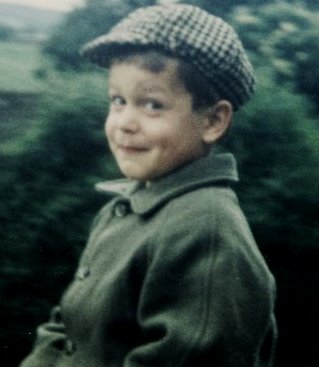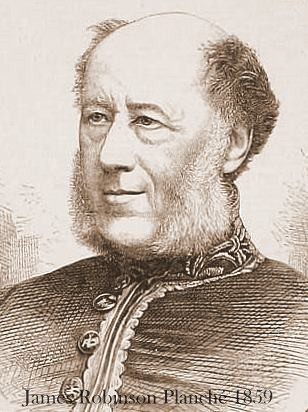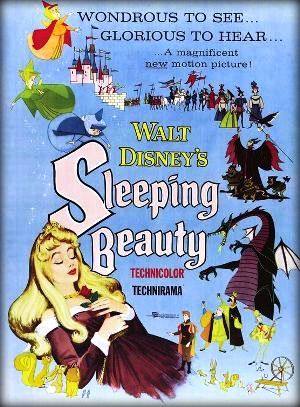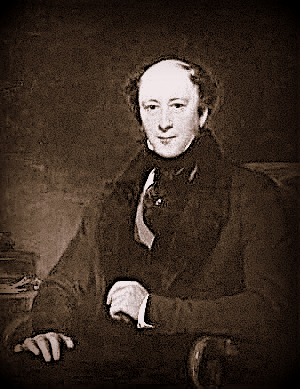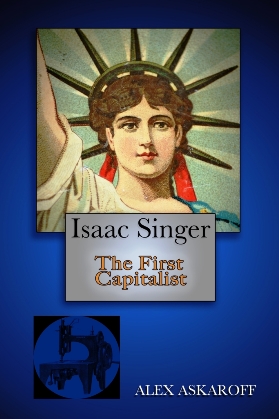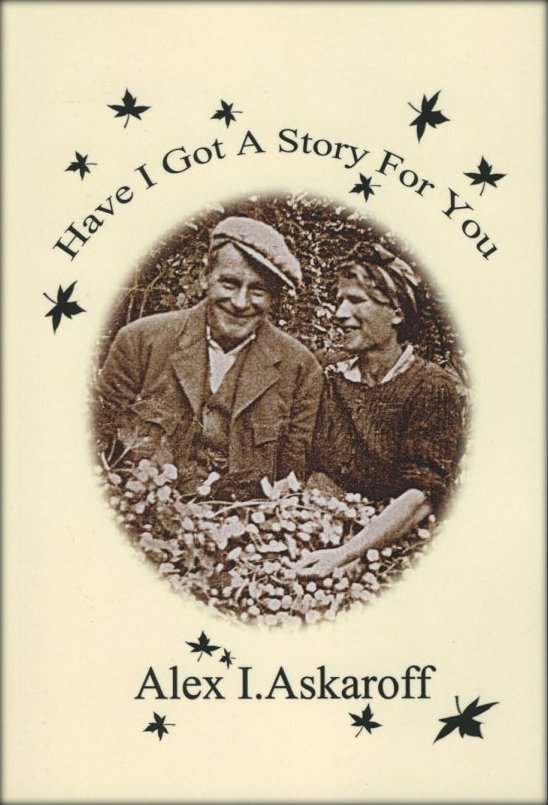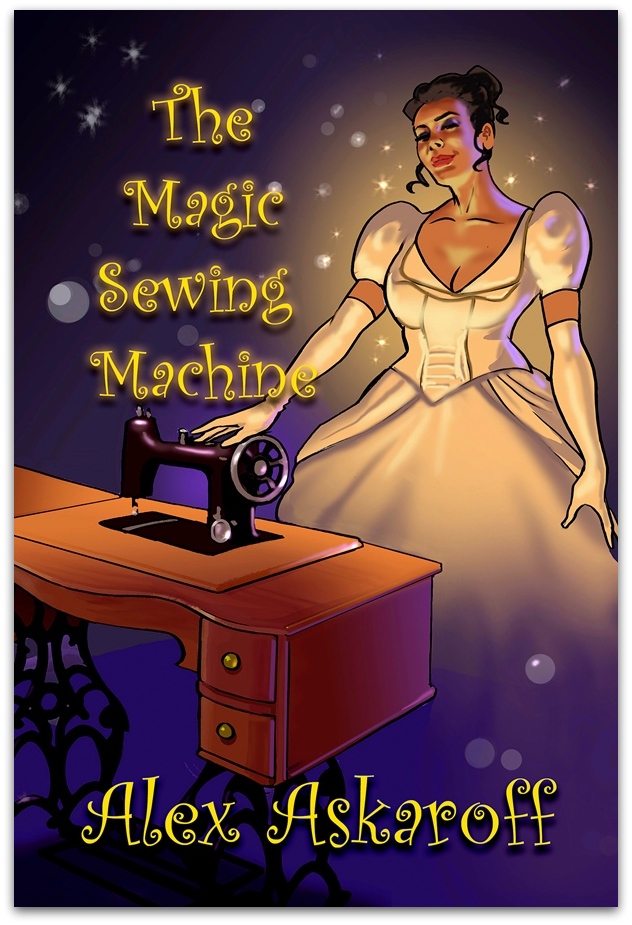|
||||
|
|
Alex I Askaroff
Alex has written extensively for trade magazines, radio,
television, books and publications worldwide.
|
|||
|
Who Wrote Sleeping Beauty? The answer is going to surprise you, for although many people have an idea, the actual person who can rightly claim to hold most credit, is a name that most people (today) are unfamiliar with. However, in 19th century London, his name would have been as well known as Queen Victoria's. Most people assume that it was Charles Perrault and the Brothers Grimm, Wilhelm and Jacob, who first brought to the public Sleeping Beauty. Both had published fairytales in England, The Brothers Grimm in 1823. But were they the first to bring you Sleeping Beauty that we all know? Their trick was to take traditional tales, told to educate children, and put their own versions down in print. Most of their tales were extreme and often violent. The tales might have kept wandering children close to home, but they would not have appealed to many of us today, including Walt Disney. The tale of Sleeping Beauty is an ancient one, with similar versions existing around the world, most with happy endings. The closest that we all get confused with is Snow White. Both are woken from their magical sleep by a prince. However one has fairies to look after her, the other has seven dwarfs, one has a has the evil stepmother. Sleeping Beauty pricks her finger, while Snow White takes a bite from a poisoned apple. What this goes to show is how fairytales intertwine and, depending on who is translating or rewriting the story, they change. This caused all sorts of confusion until the Copyright Laws came into force and the stories were locked forever. So, who was it who actually published and put onto the London stage for the first time, the version of Sleeping Beauty that we all know and love. Like I say the answer will surprise you and it certainly wasn't Charles Perrault whose tale has a far different ending, including the boiling of an ogre! Below is one of the earliest representations of Briar Rose or Sleeping Beauty. It is by Richard Doyle, (uncle to Sir Arthur Conan Doyle).
"Lips that shame the red, red rose, The man who put together the definitive version that we all know was actually James Robinson Planché. What! I here you cry, let me explain the facts and the proof. James Robinson Planché was the most prolific playwright of the early Victorian era, producing over 170 plays for the theatre and the London stages. James Robinson Planché was also a well published author and renowned expert in historical heraldry, and as Somerset Herald, on call to the Royal Household. He constantly strived to introduce historically accurate costume into British theatre. In fact he was so important to the British culture of the time that he was awarded, not only his own heraldic Coat of Arms, but a special pension annuity by the government on his retirement. It's all about Copyright! In the early 1860’s, as JP reached old age, he was commissioned to research an old tale that had many versions and even more endings. With so many origins, variations and endings there was no definitive version that could be put to the stage or reproduced without argument as to content or copyright protection. Something needed to be done and JP was the one expert in London with the respect and ability to do it without being questioned. His version, a sort of screenplay if you like. Is the version that we know today. James Robinson Planché was no stranger to producing fairytales for the stage. One we all know was Perrault's, Puss in Boots. JP first staged the show at Christmas with Madame Vestris’ at the Royal Olympic Theatre in 1837. As one of the pioneers of the Dramatic Copyright Laws, James Robinson Planché knew all about the problems that imitation and pirated plays caused. Also he had been writing fairy tales since his early trips to the Rhineland in the 1820’s (even before the Grimm's published in England). His trips were to specifically collect accurate origins of ancient local fairytales or “Lays”. Why make a definitive version? Until Copyright protection all hell was breaking loose in the London Theatres. A show was staged that proved popular with the masses and almost the next day Tom, Dick & Harry staged their own version! In London, in one spectacular week, six theatres were staging versions of the same show. All the popular shows were often pirated within days of coming out. This had been going on since Shakespeare's time. Something had to be done and the dramatic Copyright Laws, still in use today, (championed by Charles Dickens and James Robinson Planché) sorted out most of these problems. The Commission For Sleeping Beauty, James Robinson Planché was commissioned to construct one classic version of Sleeping Beauty from the many ancient tales that existed. It was to be copyrighted and published for future generations to enjoy. JP’s attention to detail, including his knowledge of ancient kings, costumes and heraldry made him the ideal researcher for this important fairytale. JP put his commission very simply… “I was requested to furnish one solid versification of the many versions of fairytale, to accompany the illustrations by Richard Doyle. An old fairytale told anew.” J. R. Planché November 1865.
There were many different accounts of similar fairytales (going back through the centuries) until, that is, James Robinson Planché put Sleeping Beauty into he tale that most of us know today. It was also a version that was not so bloodthirsty and violent as any of the original tales, with the bonus of a happy ending (many ended in a bloodthirsty mess to scare children into staying close to home). Some origins of the Sleeping Beauty tales Charles Perrault published La Belle au Bois Dormant in 1697; it was attributed to a story by Italian Giambattista Basile sixty years earlier, Sun, Moon and Talia, which was loosely based on another variation of the 1528 romance by Perceforest, which may have had its roots in the Scandinavian story of Brynhild in the Volsunga Saga. There was also a popular poem in the reign of Queen Elizabeth that JP refers to in his book. Then of course there were Jacob and Wilhelm Grimm, the Brothers Grimm, who were avid collectors and enhancers of fairy tales. They published a version in their collection of stories in 1812 but not an illustrated version in England until 1823. Alfred Lord Tennyson (James Robinson Planché close friend) wrote a poem around 1829 which touched on many of JP’s Sleeping Beauty themes, even including some ancient Greek myths. Finally of course, we must not forget to mention Hans Christian Anderson whose charming tales like the Snow Queen, Thumblina and The little Match Girl, which all followed the classic fairytales lines of good verses evil. Now you can see the problem: so many early productions for the stage with varying plots and various endings. No two stage productions of the tale were alike and many arguments followed and no copyright was forthcoming. James Robinson Planché was the man of greatest reputation at the time to solve all the problems and get a version to copyright for the stage. Once a definitive version was copyrighted it could be protected. A theatre could then invest more time and money on the project knowing that they would not be pirated after the first successful opening night. Once JP had gathered all the information he collaborated with Richard Doyle (uncle of Arthur Conan Doyle) on the illustrations. Richard Doyle was one of the finest illustrators of the day, having worked previously with such Victorian giants such as Charles Dickens and the Brothers Grimm. Dickens and James Robinson Planché were great friends. I remember seeing a copy of a letter from Dickens pleading for JP to pop round and help him with a play which Dickens was putting on for his children. It was a very personal insight into the human side of Dickens. Anyway, as usual I digress—now back to the actual fairytale.
A Fairy tale
should so begin— JP’s tale begins with the happy royal family wanting a baby and then, when the day arrives, all hell breaks loose as the evil fairy queen hears the news, brought to her by one of her crows.
In a minute she is mounted and scudding away, The 'nasty' in our story is perfectly depicted by Richard Doyle and it must have scared children witless all those years ago. In JP's version he limited the good fairies or 'fays' from twelve to seven (Walt Disney reduced them to just three) and one wicked one, bent and wretched, clutching her broom on the desolate moor surrounded by her crows, (Disney used a wicked queen). When she hears of the birth of the beautiful daughter to the King she flies into a rage and rushes to the celebrations at the castle. We all know the rest of the story, how the princess is saved after the evil fairy queen curses her, a good fays cast a spell that allows her to sleep rather than die.
Come and gone a hundred years! Years later the handsome young prince forces his way through the briars to the over-grown forest to the dormant castle to find his Sleeping Beauty. Some say that Briar Rose Castle or Sababurg Castle in Germany, near where the Grimm Brothers lived for a while, is one of the possible settings for their version of Sleeping Beauty. There were many possibilities for the title of his new book because the princess in the story had many names but no definitive one. To this day it is a quiz question that people will argue about until they go blue in the face. James Robinson Planché was a very careful man when it came to facts and if he could provide no definitive description he purposely kept it vague. For instance in his book he never gave the princess an exact description. It was his clever way to avoid production arguments for the leading lady on stage and allowed any young beauty to play the part. He used the following—
I leave the
reader to decide, The original possibilities for the title to the book were all the tales that James Robinson Planché had drawn upon to construct the tale we know today. They were, The Beauty Asleep in the Woods, Aurora, The Princess who slept for a century, Briar Rose, Rosebud, The Glass Coffin, The Gypsy King’s Daughter, Rosamond, The Evil Mother-in-Law, The Young Slave, La Belle au Bois Dormante, and others. The final title for the fairytale that James Robinson Planché chose, from a possibility of over two dozen variations, was later immortalised by performances in 1890 by Pyotr Tchaikovsky and in 1959 by Walt Disney and Erdman Penner’s wonderful version of the tale. Walt Disney used two names for the princess, Aurora, (the dawn) and Briar Rose. Walt Disney Studios Motion Pictures 1959 Buena Vista Pictures
The small book James Robinson Planché finished and published (to much applause) was hardly 50 pages long and finally completed around 1864. It would become an instant classic for all time setting in stone the definitive tale of Sleeping Beauty. It was published jointly in both James Robinson Planché and Richard Doyle's names in 1865 and became an instant bestseller. All Sleeping Beauty versions from 1865, for stage and screen, heralded from the basic structure and format of James Robinson Planché and Richard Doyle's book. The Sleeping Beauty Back in 1865 the fairytale written completely in rhyme by James Robinson Planché and illustrated by Richard Doyle, was simply titled for all time, The Sleeping Beauty.
None may thread the forest deep, I love the way JP ended his tale. After giving thanks in rhyme to Perrault, Tennyson, and others, he continues with his tale. The Prince kisses Sleeping Beauty and the spell is finally broken…
She raises to
him in sweet surprise, James Robinson Planché, like his daughter, Matilda Mackarness, was a prolific writer and his version of the old fairytale is one of my favourite of his treasured works. James Robinson Planché Wikipedia "James Robinson Planché (27 February 1796 – 30 May 1880) was a British dramatist, antiquary and officer of arms. Over a period of approximately 60 years he wrote, adapted, or collaborated on 176 plays in a wide range of genres including extravaganza, farce, comedy, burletta, melodrama and opera. Planché was responsible for introducing historically accurate costume into nineteenth century British theatre, and subsequently became an acknowledged expert on historical costume, publishing a number of works on the topic. Planché's interest in historical costume led to other antiquarian research, including heraldry and genealogy. He was elected a Fellow of the Society of Antiquaries in 1829, and was influential in the foundation of the British Archaeological Association in 1843. Appointed Rouge Croix Pursuivant in 1854 and promoted to Somerset Herald in 1866, Planché undertook heraldic and ceremonial duties as a member of the College of Arms. These included proclaiming peace at the end of the Crimean War and investing foreign monarchs with the Order of the Garter." James Robinson Planché aged 39. Well I bet you didn't expect that. Or maybe you did, but it was fun writing down some forgotten facts. Now you know who wrote the definitive version of Sleeping Beauty. So what about Snow White!
|
||||
|
OUT NOW! Most of us know the name Singer but few are aware of his amazing life story, his rags to riches journey from a little runaway to one of the richest men of his age. The story of Isaac Merritt Singer will blow your mind, his wives and lovers his castles and palaces all built on the back of one of the greatest inventions of the 19th century. For the first time the most complete story of a forgotten giant is brought to you by Alex Askaroff. News Flash! Alex's books are now all available to download or buy as paperback on Amazon worldwide.
"This
may just be the best book I've ever read."
"My five grandchildren are
reading this book aloud to each other from my Kindle every Sunday.
The way it's written you can just imagine walking
beside him seeing the things he does. News Flash! Alex's books are now all available to download or buy as paperback on Amazon worldwide.
|
||||
|
Well that's it, I do hope you enjoyed my work. I have spent a lifetime collecting, researching and writing these pages and I love to hear from people so drop me a line and let me know what you thought: alexsussex@aol.com.
Fancy a funny read: Ena Wilf & The One-Armed Machinist See Alex Askaroff on Youtube http://www.youtube.com/watch?v=8-NVWFkm0sA&list=UL
|
||||
|
|
|
|||
CONTACT: alexsussex@aol.com Copyright ©
|
||||
